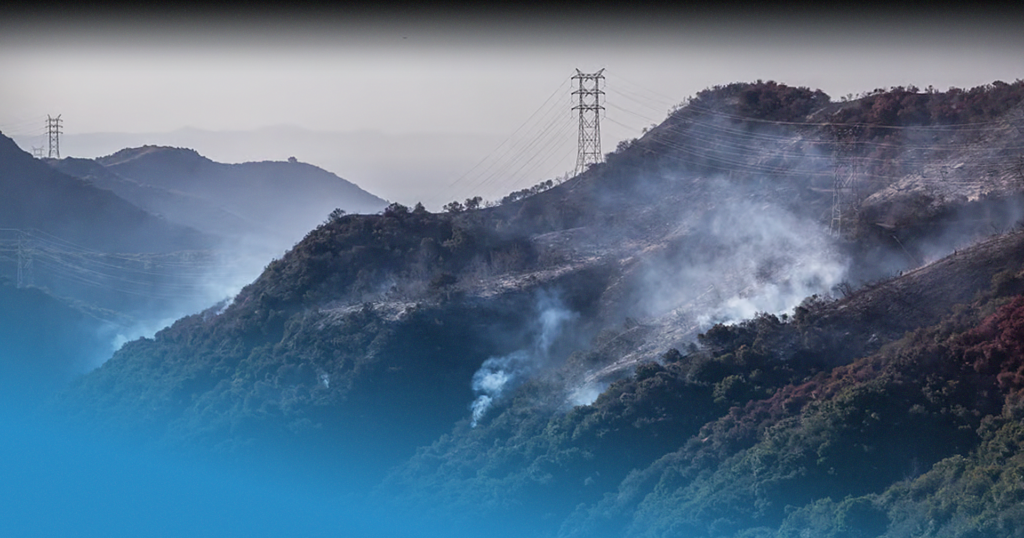
Southern California has endured one of its most destructive wildfire events in recent history as the Palisades and Eaton Fires, fueled by relentless winds and drought-stricken terrain, have finally been contained after more than three weeks of destruction. The California Department of Forestry and Fire Protection (Cal Fire) confirmed that both blazes, which claimed 29 lives and destroyed thousands of structures, are now fully under control.
The Palisades Fire: A Rapidly Spreading Inferno
On the morning of January 7, 2025, the Palisades Fire ignited in Pacific Palisades, a coastal neighborhood east of Malibu. What began as a brush fire quickly escalated into a catastrophic blaze, driven by extreme dryness and powerful offshore winds. By the time it was fully contained, it had burned through 23,448 acres, destroyed 6,837 structures, and left 1,017 more damaged.
The Eaton Fire: A Community’s Devastation
Later that evening, another fire erupted in Los Angeles County’s Angeles National Forest foothills. The Eaton Fire, fueled by seven months of rain-free brush and hurricane-force winds, surged into the Altadena community, consuming everything in its path. Historic homes, cherished landmarks, and generations of memories were lost as 9,418 structures were destroyed and 1,073 others damaged. Among the architectural gems lost were the Andrew McNally House and the Zane Grey Estate, once icons of Altadena’s rich heritage.

Lives Lost and the Ongoing Investigation
The tragedy was immense, with 17 lives lost in the Eaton Fire and 12 in the Palisades Fire. As families grieve and communities rally to rebuild, Cal Fire continues investigating the cause of both fires. While no official conclusions have been reached, authorities warn that the combination of extreme drought and unpredictable winds will continue to pose a significant wildfire threat.
Firefighters Battle Unforgiving Conditions
The National Weather Service had issued an unprecedented “particularly dangerous situation” fire weather warning on January 6, predicting the severe conditions that followed. Governor Gavin Newsom mobilized state fire personnel and resources to combat the infernos, but the overwhelming force of nature made containment efforts nearly impossible.
A Storm Brings Relief
After weeks of relentless firefighting, a storm system brought much-needed rainfall to the region, aiding efforts to control the flames. Cal Fire Chief Joe Tyler acknowledged the rainfall as a crucial factor in extinguishing the fires, stating that “rain showers across Southern California have greatly reduced current fire potential.”
As California mourns the loss and begins the long road to recovery, communities affected by the fires are leaning on faith, hope, and the resilience that has always defined them. Relief efforts are underway, and support from fellow believers and neighbors is a beacon of light in these dark times.
 Read Previous Post
Read Previous Post



